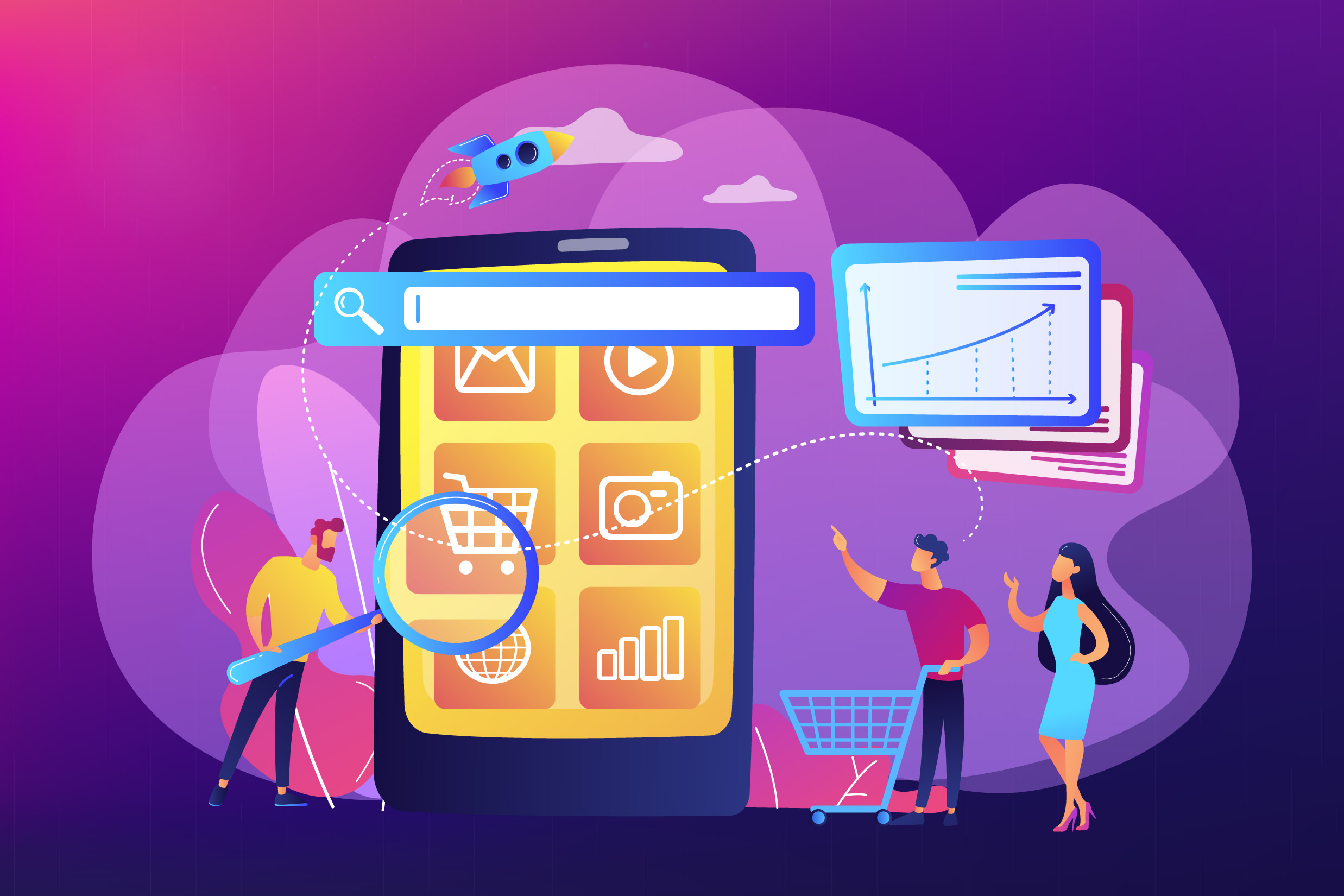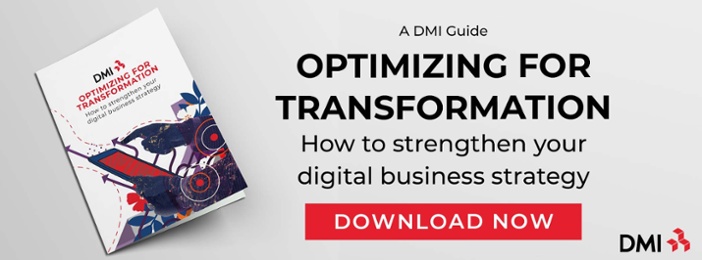
eCommerce Optimization: How to Get the Most Out of Your Platform
Digital optimization is the process of using technology to improve existing operating processes and business models. It belongs at the start of any digital transformation strategy, although it will recur throughout the process. Optimization means looking at where a business is and identifying ways to move its transformation forward.
Digital optimization processes focus on how to get more out of existing technologies. Take eCommerce, for example. Organizations pursuing eCommerce optimization might start by analyzing their platform for things like slow load time, broken links or poor checkout performance.
These technical issues are worth fixing and can even provide valuable insights — but don’t get lost in the tech chatter. After all, digital transformation is about how people use technology, not the technology itself.
The Data Imperative
Data is crucial to digital optimization and transformation. Without it, no organization really understands its customers. Let’s explore how data can be collected and analyzed to inform the optimization process.
Data Collection
Most consumers fall into one of two categories: those who are searching for a specific product or service and those who are “just browsing.”
From a retailer’s perspective, the browsing consumer is one click away from leaving the site. They’re looking for something, but they aren't sure what that something is. If they don't see anything of interest, they will quickly leave or move to a competitor's site.
Searching consumers, on the other hand, are more likely to know what they want. They just need to narrow their options.
ECommerce companies need to provide a satisfying user experience to both kinds of site visitors. More specifically, businesses need to understand where their site visitors are and where they want to be.
For example, what percentage of visitors move beyond the home page? Do they browse or search? How many make a purchase? These data points offer insight that is crucial to eCommerce optimization.
Data Analysis
Now, what you do with this data is key.
All too often, companies use data to identify what technology is missing rather than leveraging what’s already available. However, the flip-the-switch expectation for digital transformation is unrealistic. Few companies have the financial resources to adopt a new business model overnight.
Instead, businesses should view transformation like an S curve where a transformational component is optimized, leading to another cycle of transforming initiatives.
For example, let's assume that an existing eCommerce platform collects data on where a visitor goes after landing on its website and if they make a purchase. Based on the collected information, it's determined that:
- 57% of customers go to a product page, 20% use the search function, and 23% leave the site.
- Only 1% of customers make a purchase — half of the average rate of just under 2%.
These data points indicate how the consumer responds to the company's home page and that the company is performing at half the majority of eCommerce businesses' sales rate.
With these statistics in hand, our example organization decides to funnel its resources towards increasing conversion rates without thinking about optimizing its existing solutions. Essentially, they take a technology-first approach rather than considering how this data converges with human experience.
Two Approaches to Digital Optimization
Let’s take a closer look at how a technology-first approach to digital optimization compares to a human-first approach.
The Technology-First Approach
Consider our example company. Technology was their top priority. They wanted answers to what tools were needed to improve the online close rate. Based on the available data, they chose to invest in new payment processors for their website. Their IT resources were then reallocated to the website, leaving mission-critical projects understaffed. These crucial projects were delayed by months, putting the company behind in its long-term digital transformation plan.
When looking at technology-based payment options, our example company selected the least expensive providers without considering what might be required to implement them. As a result, IT might have to develop new interfaces, and accounting might have to modify its operations to meet new processor demands. These scenarios could result in delays in other areas of the company as well as frustration for employees.
The Human-First Approach
The two data points our example company used aren’t enough to fully assess how their eCommerce platform is performing. More importantly, anecdotal experiences are required to put this data in context.
Before investing in new technology, our example company should have investigated what additional data is available in their existing platform. They should have also consulted with IT to determine what resources would be required to process the data. With this information, this example company would better balance the need for consumer data with its IT resources to deliver more information while maintaining its critical path projects.
While data collection is progressing, the company should have compared payment processors to determine which, if any, provide a cost-effective solution. More importantly, they should have researched which payment options are best suited to their customer base and workforce. Adding payment solutions without understanding the ramifications to employees, for example, could increase their workload with more labor-intensive solutions.
The human-first decision focuses on consumer behavior and finds ways to optimize existing solutions. The process always includes the ramifications to employees. From this information, an organization can make data-driven solutions that allow for better data collection, higher employee satisfaction, and improved customer experience. In turn, these benefits put your business in a better position for digital transformation.
If you’re interested in learning more about the human-first optimization process, contact DMI to learn more about our convergence model as well as our eCommerce offerings.
